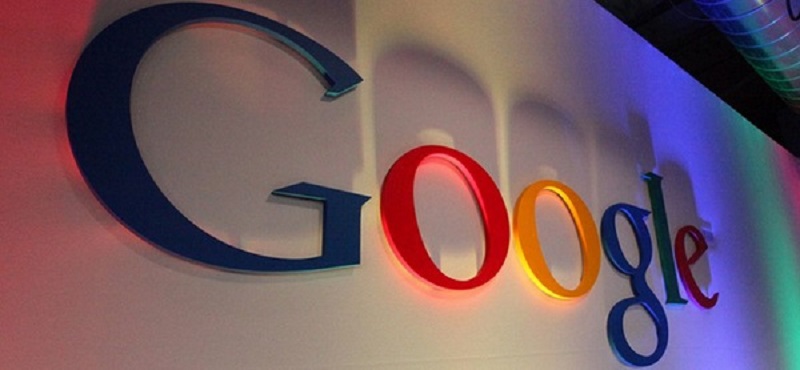Related Articles
Curiosity at work is the birthplace of innovation
Google and Amazon have shown the value of giving rank-and-file employees time and opportunity to come up with ideas, but even they haven’t necessarily followed through on what made them successful.
Leaders today demand relentless innovation from their organisations. In a frighteningly short period of time, innovation has evolved from a nice-to-have to a can’t-do-without. However, while managers like to play the role of innovation cheerleaders, research suggests that they can also be one of its greatest barriers.
When a new employee joins a company, they inevitably experience a bedding-in period during which they are the human equivalent of a sponge. They talk to colleagues across different departments, compare processes to their old workplace and spot gaps, bringing fresh eyes and a questioning attitude to everything they do. They are, in other words, curious. We would hope that leaders would harness and encourage this mindset.
It may not entirely surprise you however to learn that this is often not the case. In fact, the average individual’s curiosity level drops by 20 per cent within six months in their new role. Further research has found that while 75 per cent of senior leaders perceive there to be no barriers to curiosity in their company, only 35 per cent of their employees agree.
If you want innovation, enable curiosity

Diminishing curiosity can be directly linked to leadership behaviours. If leaders do not consciously and proactively encourage their employees to act on their curiosity, they will inevitably be stifled by ‘business as usual’. Many organisations recognise this, but only pay lip service to cultivating curiosity within their ranks, failing to back up innovation buzz-phrases with robust plans or work processes.
For years, a celebrated exception to this was Google’s renowned ‘20 per cent rule’, whereby software engineers were encouraged to work on independent projects for one day of their working week; ‘20 per cent time’ was purportedly the incubator for AdSense, which is now responsible for 50 per cent of Google revenues. Many companies have sought to implement similar policies.
When sales dip or targets slip, however, such initiatives are often perceived as unaffordable luxuries. Sadly, it seems management anxiety may even have triumphed in Google. According to reports, the ‘20 per cent rule’ has effectively been abandoned, the first nail in the coffin coming when engineers were required to actively seek management approval for ‘20 per cent’ projects. Indeed, it has become common to refer to such policies as ‘120 per cent time’ – you are free to do whatever work you want . . . provided you get all your normal work done first.
Courageous Curiosity in Leaders
The good news is that encouraging curiosity generally doesn’t cost much. Small mentality shifts can have significant effects. The example of Amazon illustrates that innovation and curiosity can still flourish even in giant organisations. Several years ago, they implemented a policy whereby if a manager rejected an idea from a member of their team, they would have to write a memo to their superior justifying the decision.
This change was simple, but it shifted the centre of gravity of conversations within Amazon, moving it from being a culture of ‘No’ to a culture of ‘Yes’. Employees stopped being fearful of making suggestions; instead managers became fearful of rejecting ideas.
Nobody wants to be the person that turned down the Beatles.
Be Curious, Stay Curious

Modelling the behaviour you want to see in others has always been a powerful tool in any leader’s armoury. Unsurprisingly, this rule also holds true with curiosity. If we want our employees to be curious, we must be so ourselves. Of course, when faced by a challenge most leaders feel compelled to respond – to do something, anything – quickly. Frankly, if you want your colleagues to develop compelling solutions, it’s best not to pretend to have all the answers up your sleeve.
Another easy win is to consciously recruit naturally curious people. There are any number of ways to ‘test’ for curiosity during the hiring process, but the best rule of thumb is to seek out empathetic people who demonstrate an interest in aspects of the company outside of the specific role that they are applying for.
Managers will also reap dividends by encouraging employees to explore their curiosity, even when it’s not directly related to their current job. For example, a HR director may naturally question whether they should support an accountant who wishes to undertake a marketing qualification. It is difficult, however, to overestimate the potential for new insights when two areas of expertise converge. Indeed, that is often where innovation begins. Supporting such tangential professional development or facilitating lateral role changes across the company can have profound effects.
Finally, actively encouraging innovation by introducing policies such as ‘20 per cent time’ or introducing ‘what if?’ days to stimulate new thinking may appear to be bold decisions for leaders to make, but Amazon demonstrates that the cultural impact can be transformational. To give nervous leaders reassurance, measurable KPIs can be introduced to complement such policies, thereby ensuring these opportunities become concrete processes, rather than pleasant benefits.
Evolution is Curiosity Evolved
Organisations demand innovation. If that is what we really want, we need to trust our employees to be curious about their work and provide support for them to act on their imagination. Astute leaders therefore understand that their best innovation is to empower curiosity. They consider their organisations in evolutionary terms, orchestrating a culture whereby continuous, incremental improvements enable positive adaption in a changing environment.
The next decade will witness immeasurable change in the world of work. Meaningful innovation will not result from the proclamations of chief executives, but rather emerge from thousands of ideas born from millions of conversations within the curious rank and file.
Simon Boucher is CEO of IMI and a regular columnist for the Sunday Business Post. You can find more of his articles here.





